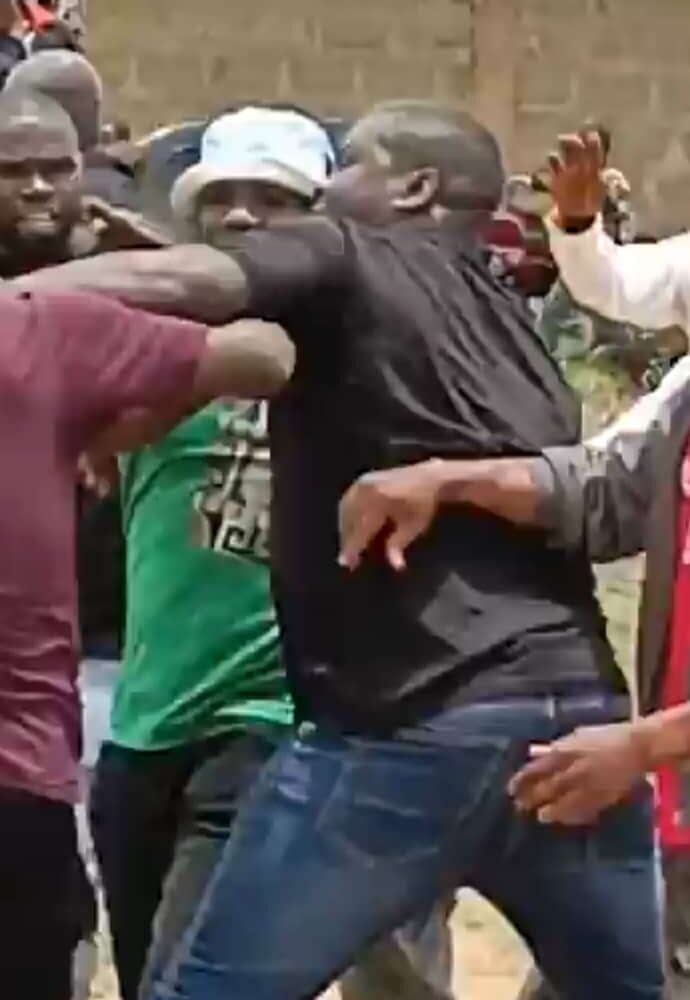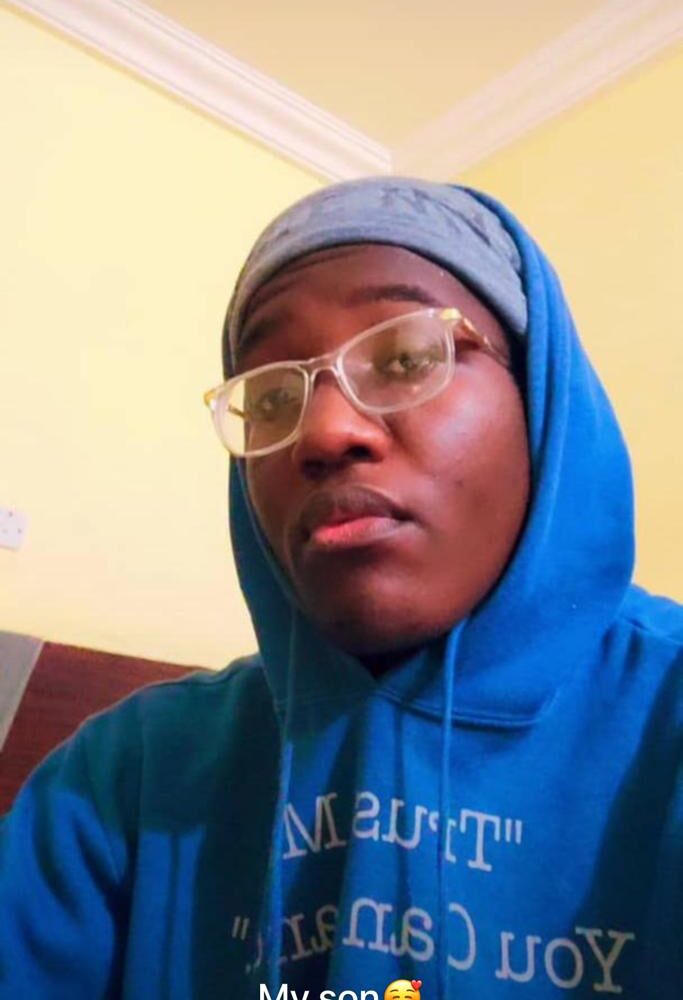Ògúnlolá was the name of the brave hunter and an expert archer, he was said to be of Ibariba descent. In the mid-17th century he migrated with his wife, Èsùu to the present site known today as Ọ̀gbómòsó, he first settled under a tree called Ajagbon (still standing near the king’s palace).
Later on Ògúnlolá discovered that there were people who have settled in that area before him, he then went to introduce himself and fortunately they were also hunters just like him, they were; Aale, Onisile, Orisatolu and Akande. Though, Ògúnlolá established his dominance over his fellow hunters, the brave men agreed to form a society called Alongo in other to protect the settlement from wild animals and slave raiders. It was on this initiative that Ògúnlolá killed an Ijesa itinerant trader, thinking he was a slave raider. Ògúnlolá was jailed because of this capital offence.
While he was awaiting his trial, a troubling report of a dreadful attack on Oyo-Ile spread through the palace and among the prisoners, it was said that a certain warrior called “ELÉMÒSÓ” is wrecking havoc and causing great tension. Being a fearless warrior himself, Ògúnlolá offered his services to the Alaafin, he promised that he would bring elémòsó’s head if granted freedom. Upon his release Ògúnlolá crept into the opposition camp and shot elémòsó with an arrow before beheading him. He brought the head to the Alaafin and the whole kingdom rejoiced.
The Alaafin persuaded him to stay in Oyo-Ile but he insisted, he said to the Alaafin “e jé kín lo má ṣe òhún”, “let mẹ go and stay far away”. This was how the title “Soun Ọgbomoso” was coined. Ògúnlolá returned to his settlement a nobleman, having been decorated and greatly rewarded by the Alaafin for his bravery.
Later, travelers started referring to the settlement as “ìdóo eni tí ó gbórí elémòsó” meaning the settlement of him who beheaded Elemoso, and this was how the present day Ogbomoso derived its name.
The story was adapted into a movie by Chief Lérè Paimo who played the role of Ògúnlolá.





